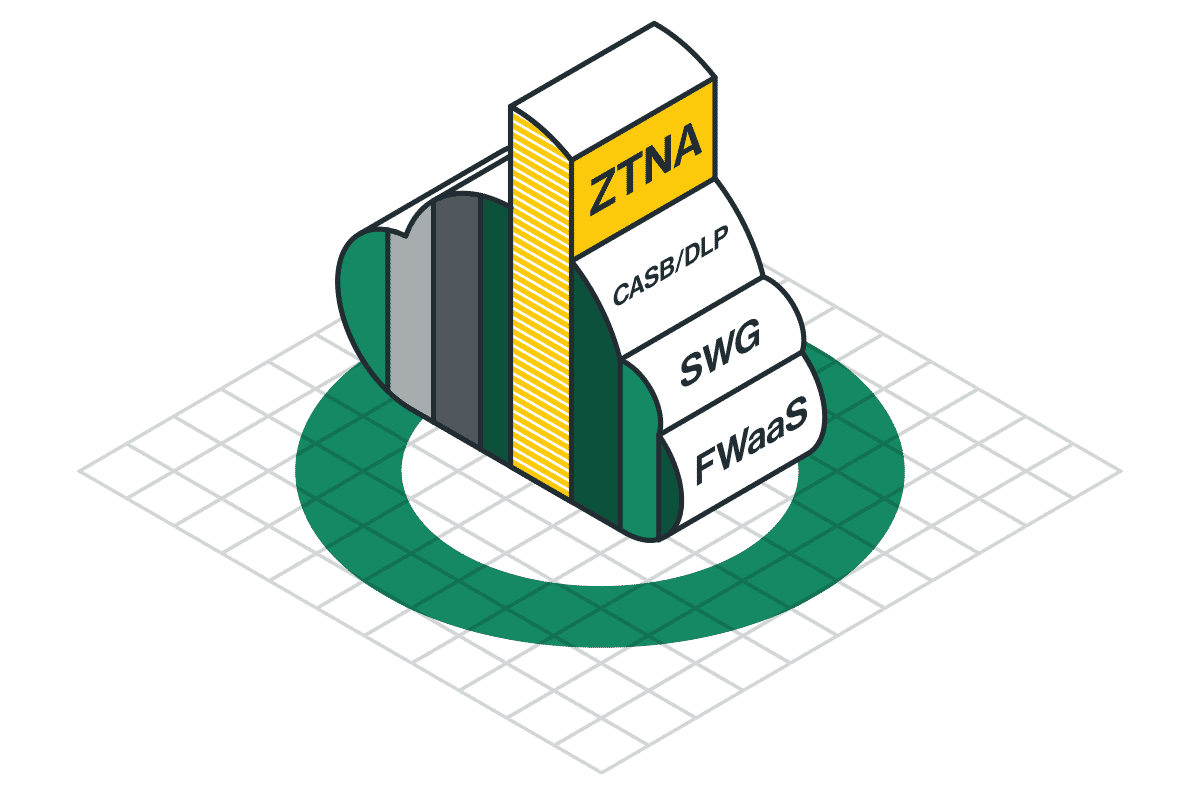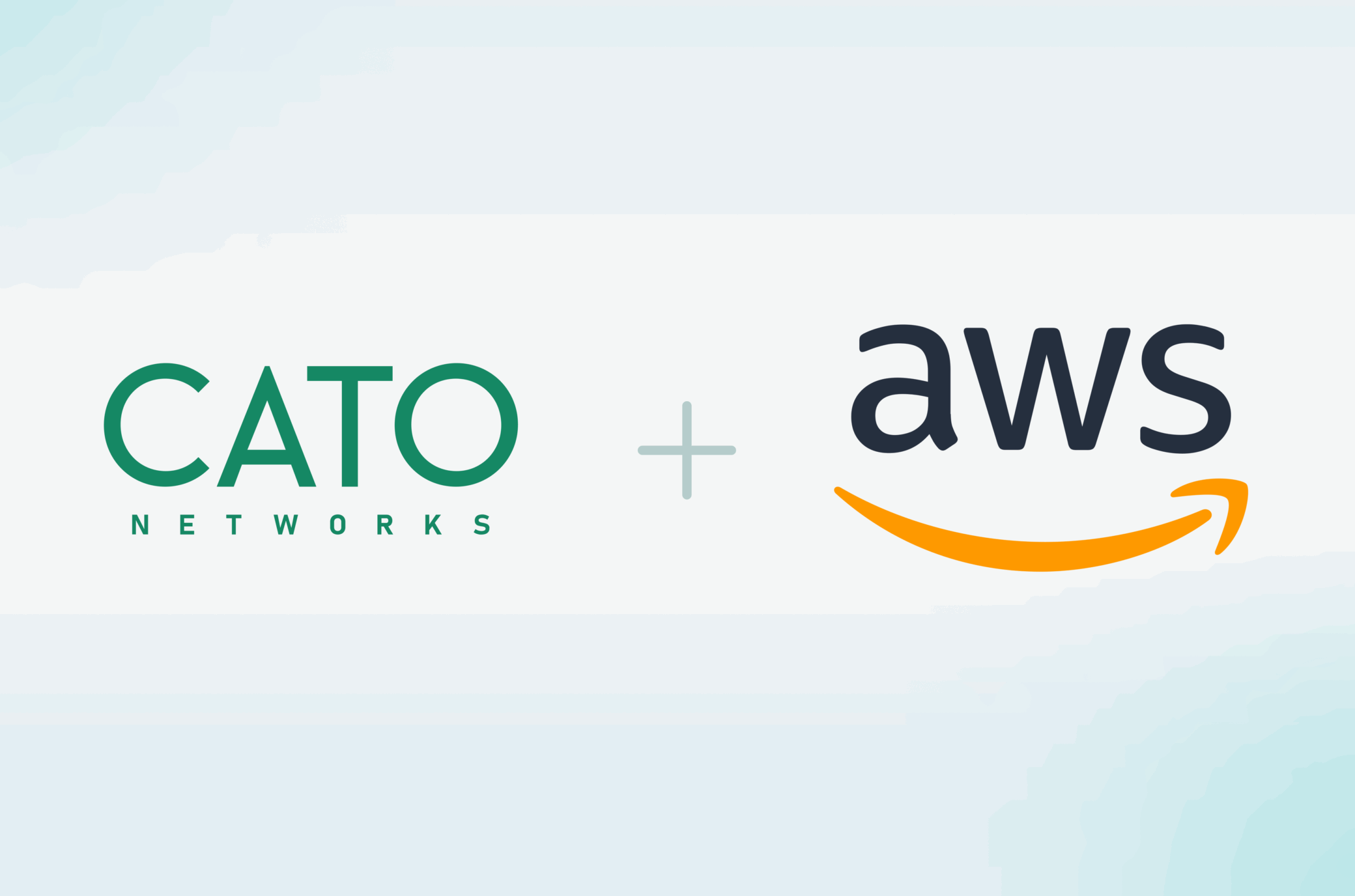Cloud-Based Security is Well-Suited for Zero Trust Architectures

|
Listen to post:
Getting your Trinity Audio player ready...
|
As companies look to reduce corporate risk, protect against data breaches and other incidents, and maintain regulatory compliance, a zero trust security strategy provides significant advantages when compared to legacy models.
However, zero trust is only effective if it is enforced and supported by strong security solutions. For most organizations, cloud-based solutions are the only means of supporting a secure, high-performance, and scalable zero trust architecture.
Effective Zero-Trust is Resource-Intensive
The zero trust security model was designed to address the inadequacies of traditional, castle-and-moat security. Under this legacy security model, all insiders are implicitly trusted and granted unrestricted access to corporate assets, while traffic crossing the boundary of the corporate network is considered suspect and subject to inspection. As cloud adoption and remote work become more common and cyber threat actors grow more sophisticated, this model is increasingly ineffective.
Zero trust security says that no one, internal or external, should be implicitly trusted. Instead, requests for access to corporate resources are considered on a case-by-case basis. Additionally, access controls are defined based on the principle of least privilege, minimizing access and limiting the potential impact of a compromised account.
However, while zero trust provides much better security than legacy models, it comes at the cost of additional resource consumption. Unlike virtual private networks (VPNs) used by the legacy security models, zero-trust network access (ZTNA) solutions must evaluate each access request against role-based access controls and other criteria. Additionally, authenticated users are monitored throughout their session for potential threats or risky actions, and these sessions are terminated as needed.
As corporate networks grow and traffic volumes expand, network security resource requirements increase as well. Without the right infrastructure, applying robust protections to growing networks without sacrificing network performance can be difficult.
Enhancing Your Enterprise Network Security Strategy | WebinarWhy Zero Trust Should Be Built In the Cloud
Historically, corporate security architectures have been deployed on-prem as part of a castle-and-moat security model. However, in the modern network, this increasingly causes network latency and performance degradation as traffic is backhauled to a central location for inspection.
As organizations work to implement zero-trust security across their entire IT infrastructures, security architectures should move to the cloud. Cloud-native security solutions provide numerous benefits. Including:
- Asset Locations Agnostic: Companies are increasingly moving applications and data storage to the cloud, and the adoption of Software as a Service (SaaS) solutions contributes to this trend. Deploying security in the cloud means that it is close to where an organization’s applications and data are located, reducing the network latency and performance impacts of security inspection.
- Greater Scalability: Cloud-native ZTNA solutions have the ability to scale to meet demand. Like microservices, additional instances can be deployed or allocated as needed to handle growing traffic volumes or computationally intensive security inspection.
- Global Reach: As companies embrace remote or hybrid work models, employees may spend part or all of their time outside of the office. A ZTNA solution deployed as part of a global network can minimize latency impacts on user requests by bringing security near the network edge.
As corporate networks grow larger and more distributed, security must be scalable and not geographically constrained by the location of an organization’s on-prem infrastructure. Cloud-based — and more specifically cloud-native — security is essential to implementing effective zero-trust security without sacrificing network performance and employee productivity.
Implementing Zero Trust with SSE and SASE
A globally distributed, cloud-native ZTNA solution can meet the access control requirements of a corporate zero trust security program. However, effective zero trust is more than simply implementing least privilege access controls for all access requests. Once a user has authenticated, their entire session should be monitored for suspicious or malicious activities that could place the organization at risk.
To accomplish this, an organization requires additional security capabilities, such as a next-generation firewall (NGFW), an intrusion prevention system (IPS), a secure web gateway (SWG), and a cloud access security broker (CASB). Hosting these capabilities on-prem eliminates the benefits of cloud-based ZTNA as it forces traffic to be backhauled for security inspection and imposes the same scalability limitations of on-prem appliances. Effective zero trust requires a fully cloud-native network security stack.
Security Service Edge (SSE) and Secure Access Service Edge (SASE) are ideally suited to implementing zero trust security for the growing corporate WAN. SSE and SASE solutions integrate ZTNA functionality with a full network security stack, including Firewall as a Service (FWaaS), IPS, SWG, and CASB. SASE goes a step further, incorporating SD-WAN and network optimization capabilities as well. Deployed as a global, cloud-native solution, SSE and SASE implement a scalable, high-performance zero trust architecture.
Cato provides the world’s most robust single-vendor SASE platform, converging Cato SD-WAN and a cloud-native security service edge, Cato SSE 360, including ZTNA, SWG, CASB/DLP, and FWaaS into a global cloud service. With over 75 PoPs worldwide, Cato optimizes and secures application access for all users and locations, and is easily managed from a single pane of glass. Learn more about how Cato SASE Cloud makes building a zero trust security architecture that grows with the business easy by signing up for a free demo today.














